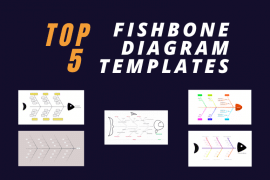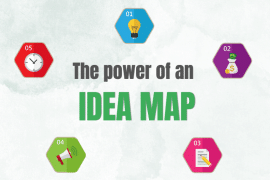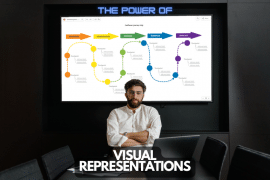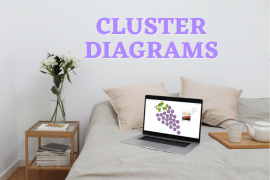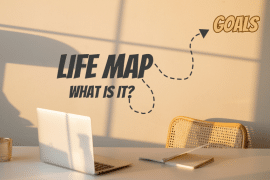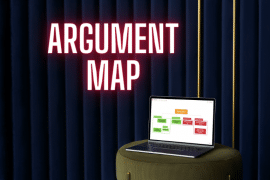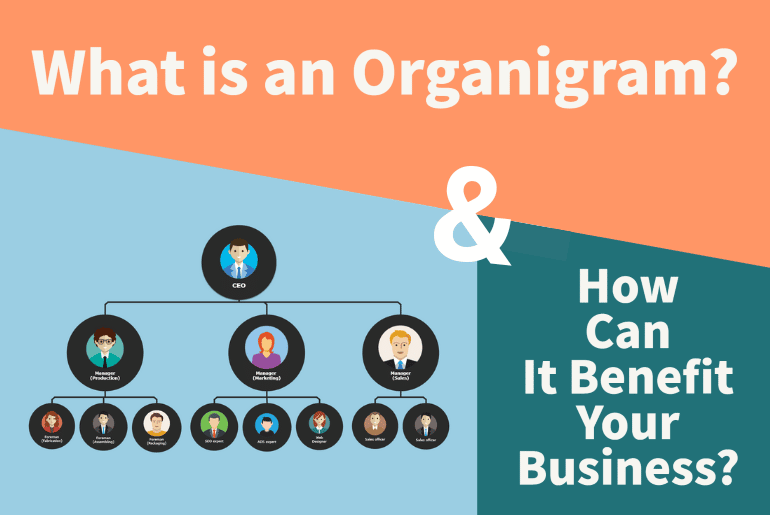
A growing business’s structure can quickly tie itself into knots. That’s where an organigram can help.
As relationships between employees and departments grow, they can turn into a spider’s web of complexity. Responsibilities can shift and even balloon. And it doesn’t take long for a clear chain of command to become muddy. This can lead to confusion and inefficiency.
When people don’t understand where they fit in an organization, chaos results. But organograms (also known as organizational charts) can cut through the chaos, bringing clarity back to your business. They can help you organize your thoughts regarding your business. They can make chains of command crystal clear. They can help every person in a business understand their unique contribution. And they can even help you let staff go in a more compassionate way.
So, what’s an organigram? And how can it begin to help your organization? Read on to find out.
What is an organigram anyway?
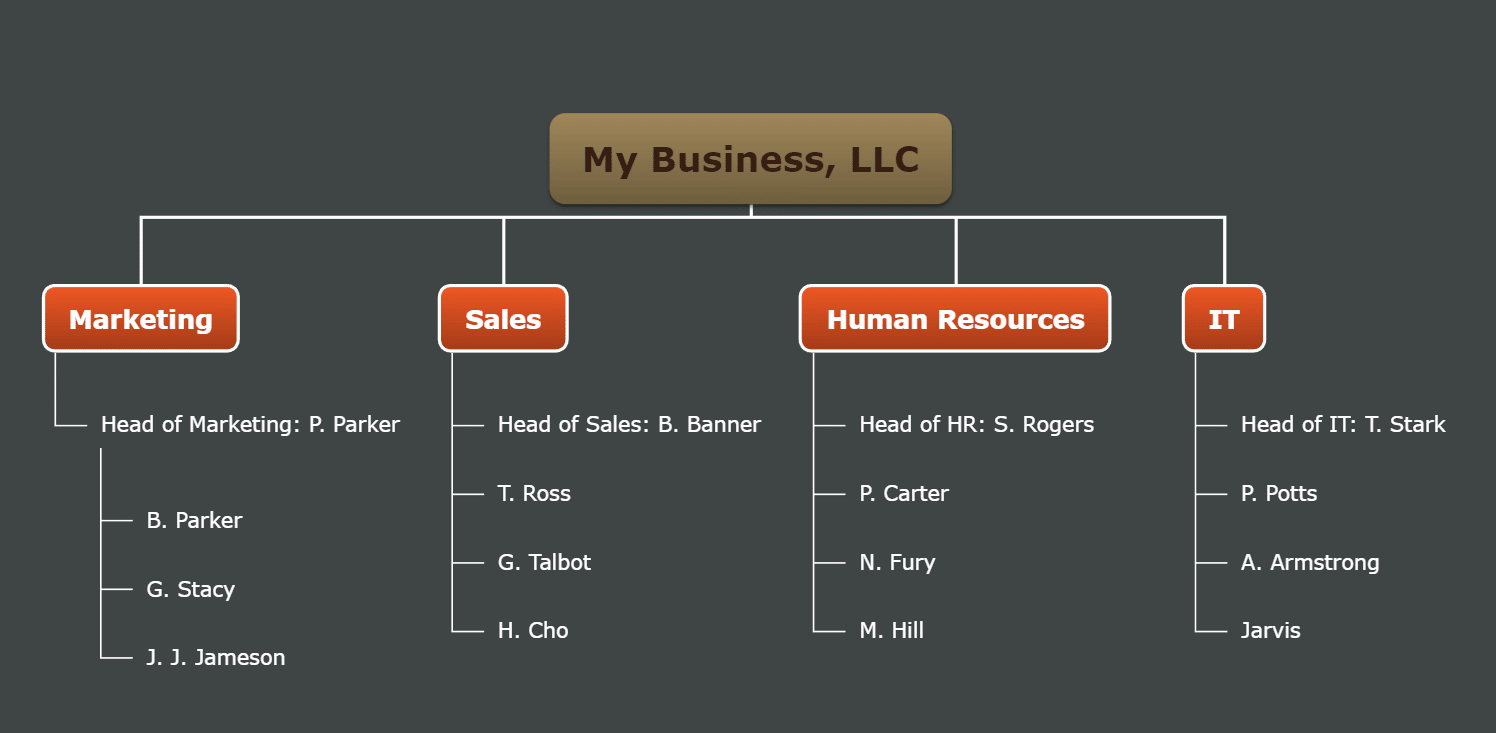
An organigram, or org chart, is a diagram that shows the structure of an organization and the relationships between its different parts. Organizational charts are commonly used in businesses to help staff understand the chain of command. But that’s not all. They also allow managers to make decisions about organizational design. This can lead to a more streamlined, efficient business. Finally, they can help to improve morale by providing employees with a sense of order and hierarchy within the company.
When everyone understands their role and knows how it fits in the larger scheme of things, effectiveness increases.
While all org charts offer an overview of the company’s structure, there are different ways to design them. Nevertheless, there are a handful of pieces that most charts include, such as:
- An organization’s major divisions, departments, or units
- The people who hold key positions within those departments
- The relationships between the different departments
- The relationships between individuals within each department
Organizational charts can be as simple or complex as you need them to be. If you’re using advanced diagram software or a mind map maker, you can even add live links, images, files, and more.
What kinds of organizational charts are there?
Depending on your needs, you can take advantage of several types of organigrams.
1. Hierarchy charts
The most common type is the hierarchy chart. It shows the different levels of authority within a company or organization. This type of organigram is often used to clarify how departments are structured. It can also reveal how each department interacts with the others. If you’re looking for a clear chain of command within a business, look at its hierarchical org chart first.
2. Matrix organigrams
Another common type of organigram is the matrix organigram. This shows the different roles and responsibilities within a team or project. This type of organigram is often used within project management settings. It can reveal how different functions work together and how those functions contribute to the overall goal. It’s great for pinpointing who’s doing what on a project.
3. Flat or decentralized organigram
Finally, the flat or decentralized organigram has become increasingly popular over the past few years. It reflects the way businesses have become less rigidly hierarchical. Today, there’s a more equal distribution of power and authority. There’s also a greater emphasis on teamwork, a willingness to be flexible, and roles that are more broadly defined. This type of organigram is often used to show how different teams or departments work together in a more collaborative way.
No matter what type of organigram you use, the important thing is that it helps you to better understand and manage the different elements of your business or organization.
Get the most out of your org chart
If you’re looking to get the most out of your organigram, here are a few tips to keep in mind.
First, decide on the level of detail that you need. Do you want to include every position in the organization or just the major ones? Do you need to add links to phone numbers, e-mail addresses, or social media profiles? Are there any helpful files that could be attached? Your needs will determine how much detail you should add to your organigram.
Once you’ve decided on the level of detail, start by drawing a rough sketch of the organigram. You can do this with pen and paper or using a diagramming tool like Mindomo. If you go the digital route, you’ll be able to customize your org chart in a variety of ways. You’ll also have access to features that will let you extend its use and value. Once you’ve got the broad outline of the org chart, fill in the positions and identify the relationships between them.
Finally, schedule a regular time to review your organigram and make sure that it is accurate and up to date. Like your business, organizational charts change over time. New hires must be added. Employees who have moved on should be removed. Entirely new departments can come into existence. If your organigram doesn’t change with your organization, it will lose its purpose.
The best tools to create your organizational chart
You can create helpful organigrams in dozens of different ways.
If you’re old school, you may want to grab a piece of paper and a pencil. Unfortunately, if you go this route, you’ll be limited in how much you can do with it.
If you’d rather squeeze every ounce of value out of your org chart, try dedicated diagram software. Specialized programs, such as Mindomo, will allow you to create complex diagrams. You can even see organizational chart examples and templates to inspire yourself as you work. Then, you can customize your chart to your heart’s content. These programs offer a wide range of features, including the ability to add text, images, and even animation.
As with any type of diagram, the best tool for creating an organigram will depend on the specific needs of the user. But whatever tool you use, the best way to create effective organizational charts is by getting started. Experiment. Collaborate with others. And create organigrams that aren’t just nice to look at but are helpful.
That’s the goal of any great diagram.
Sign up today and start creating your organigrams!
Keep it smart, simple, and creative!
The Mindomo Team

